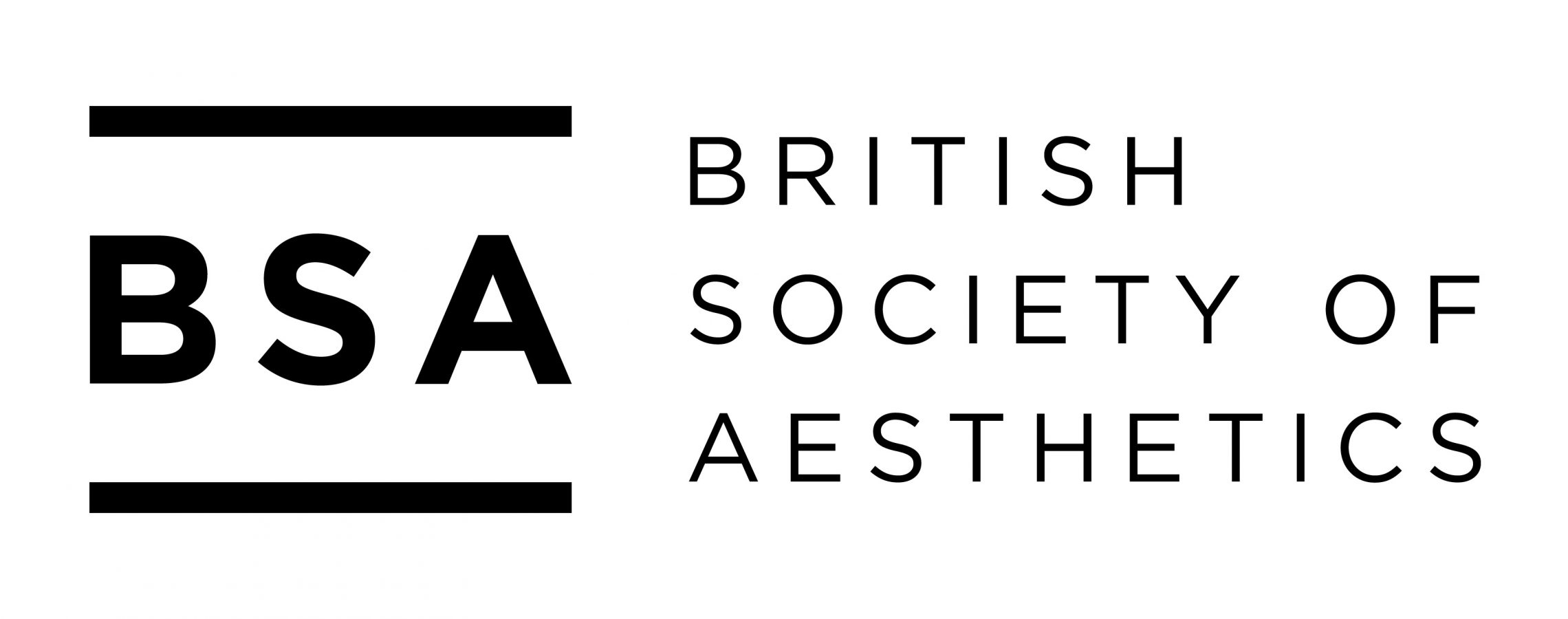The Journal for the Philosophy of Language, Mind, and the Arts, edited by Luigi Perissinotto, has put out a call for papers for Issue 3/2021 on “Images: A debate between philosophy and visual studies”.
Description: As we are frequently told, we live in the age of images and the possibility of their endless manipulation. Yet, when we talk about images, we refer to a set of objects – assuming that we can actually define images as objects – of which it seems difficult to identify a common denominator. What kind of things are we talking about? Paintings or drawings? Mental images? Photographs or digital files? Billboard advertising? And can this multitude be the subject matter of a single discipline?
Starting from the past century, at least two main approaches have emerged in the study of the complex phenomenon of images. On the one hand, in particular within the context of analytic philosophy, images have been studied as single entities in relationship with both a referent and the perceptual or interpretive abilities of an observer. Starting from the reactions to the illusionistic theory of depiction commonly attributed to Ernst Gombrich, scholars have faced ontological and epistemological problems, that have generated passionate and long-lasting debates. What is an image? What is the difference between images and other symbolic communication systems? By means of what does an image represent something? How do images work? And again, how does a viewer perceive a picture? What role, if any, does imagination play in perceiving an image and what kind of imagination is involved?
On the other hand, thanks in particular to the iconographic tradition inaugurated by Aby Warburg, images have been analyzed in their multiplicity, in their mutual relationship, both synchronically and diachronically. Hence, scholars have taken into account the problem of anachronism. How are meanings conveyed and transformed through images and their reproduction? How can images from the past be interpreted? How can an art historian – if she can – leave the mental habit of her own time to penetrate that of another age?
This issue aims at comparing the two disciplinary approaches briefly outlined – i.e., the analytic tradition and the so-called visual culture studies – also considering those technological and cultural innovations that in contemporary times have had an effect on images too. Indeed, one cannot fail to see that images, in particular in the Web, are spread and manipulated in specific ways. Moreover, images increasingly replace the verbal language as a key tool for conveying meanings. To what extent is it possible to compare images to language? How can the elliptical nature of images suggest a diegetic development to the viewer? In short, how do images tell us a story? Finally, the huge number of images produced every day, perhaps requires new analysis methods to better understand this phenomenon. What can studies based on big data analysis tell us about images? What new perspectives can be opened up by computational approaches to visual studies?
Submission deadline: January 30th, 2021
Notification of acceptance: March 15th, 2021
Articles must be written in English and should not exceed 6500 words. The instructions for authors can be consulted on the journal’s website: https://edizionicafoscari.unive.it/en/edizioni4/pubblicare-con-noi/
Submissions must be suitable for blind review. Each submission should also include a brief abstract of no more than 250 words and five keywords for indexing purposes. Notification of intent to submit, including both a title and a brief summary of the content, will be greatly appreciated, as it will assist with the coordination and planning of the issue.
Invited Contributors:
Georges Didi-Huberman, École des hautes études en sciences sociales (EHESS, Paris)
Katerina Bantinaki, University of Crete
Gabriele Ferretti, University of Basel
Riccardo Manzotti, IULM (Milan)
Jesse Prinz, City University of New York (CUNY)
For any queries, please contact the following addresses: Alessandro Cavazzana (alessandro.cavazzana@unive.it), Francesco Ragazzi (ragazzi.fr@gmail.com)
